Sauce Bases 101 – How to Build Flavor Like a Chef
Ever wondered how chefs build those rich, velvety, flavor-packed sauces that transform simple ingredients into gourmet meals? It all starts with the base—the foundation where the magic begins.
In this guide, we’ll break down the essential sauce bases every sauce freak should know. Whether you’re making a creamy béchamel or a zippy yogurt drizzle, these are the building blocks that unlock serious flavor.
1. Roux-Based Sauces (Flour + Fat)
A roux is a cooked mixture of flour and fat (usually butter) used to thicken sauces. It’s the base for béchamel, velouté, gumbo, mac and cheese, and more.
🧈 Tip: The longer you cook the roux, the darker and more flavorful it becomes—but it will also thicken less.
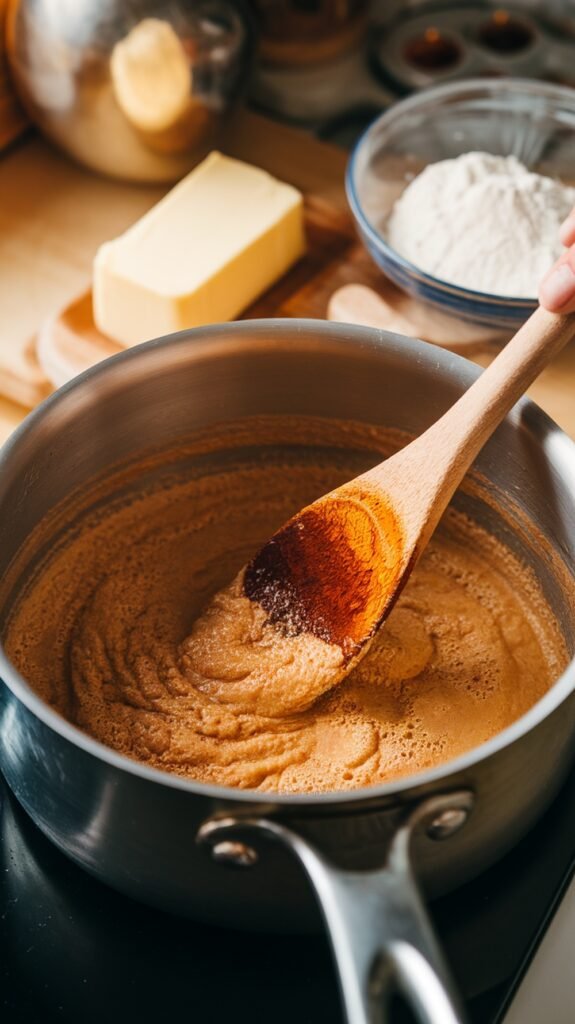
2. Emulsions (Oil + Water-Based + Emulsifier)
Emulsions are smooth sauces created by forcefully combining fat (like oil or butter) with liquid (like vinegar or lemon juice) using an emulsifier like egg yolk or mustard. Think vinaigrette, hollandaise, or aioli.
🧪 Tip: Add fat slowly while whisking constantly to avoid separation.
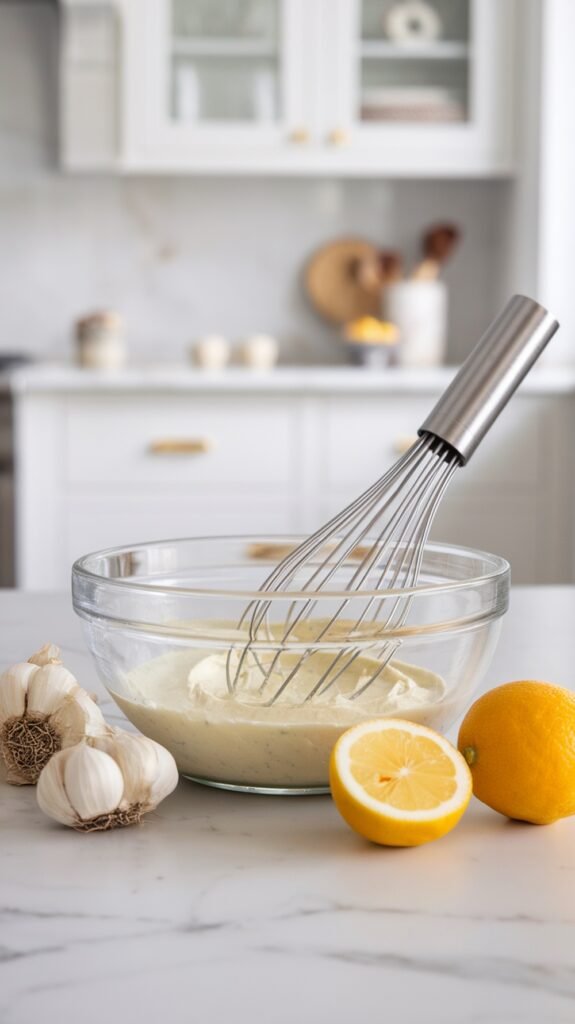
3. Pan Reductions (Deglazing + Concentrating)
After searing meat or veggies, deglaze the pan with wine, stock, or vinegar and reduce the liquid down. Scraping up those browned bits = instant flavor bomb.
🍷 Tip: Add a pat of butter at the end for silky shine.
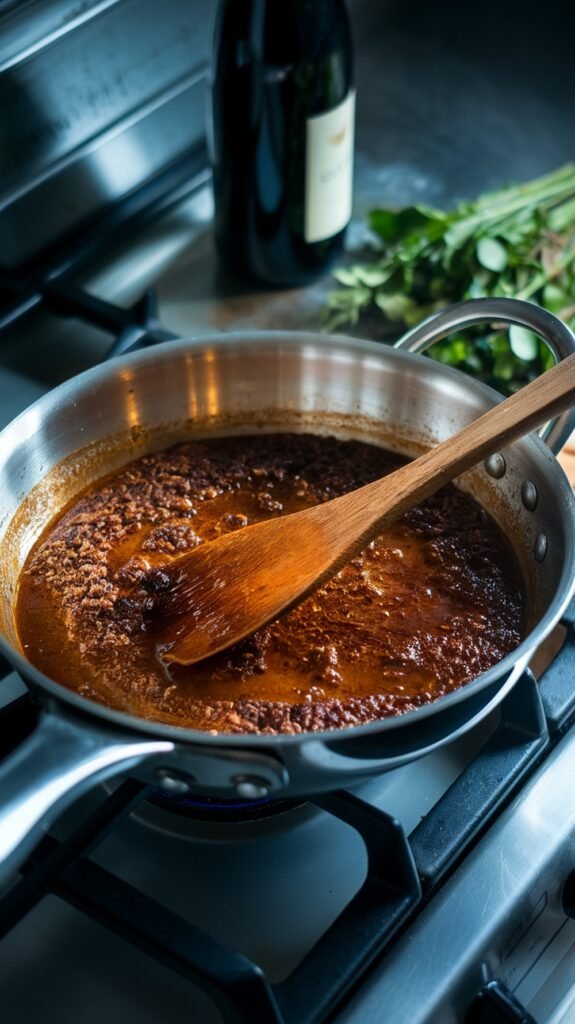
4. Dairy-Based Sauces (Cream, Milk, or Cheese)
These sauces build richness using ingredients like heavy cream, sour cream, cheese, or even Greek yogurt. Great for pasta, seafood, or roasted vegetables.
🥛 Tip: Don’t boil dairy sauces—simmer gently to avoid curdling.
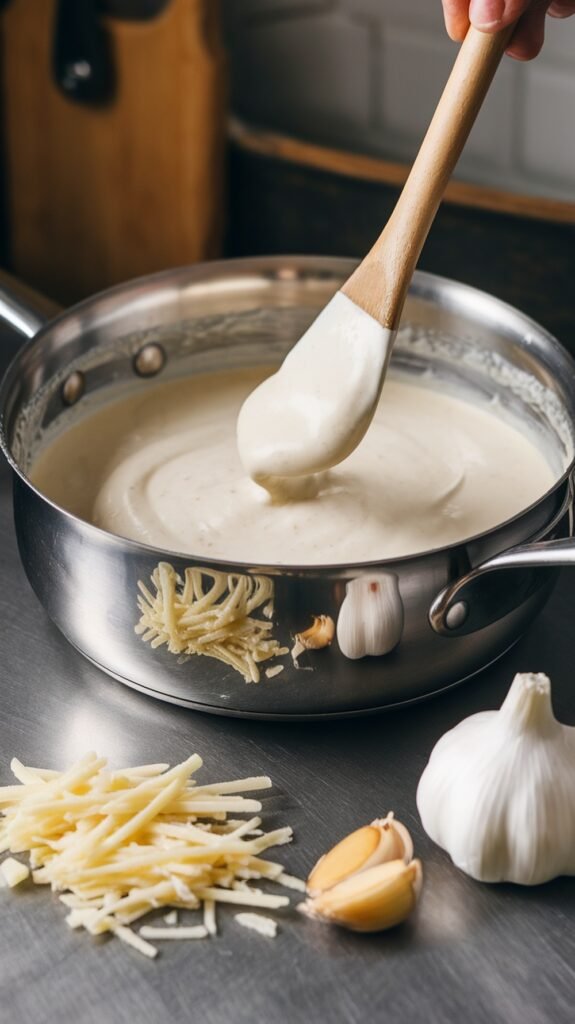
5. Yogurt-Based Sauces (Tangy + Fresh)
Yogurt is a lighter base for sauces like tzatziki, raita, or mint yogurt. It adds tang and cooling contrast to spicy or rich dishes.
🥒 Tip: Use full-fat Greek yogurt for the creamiest texture.
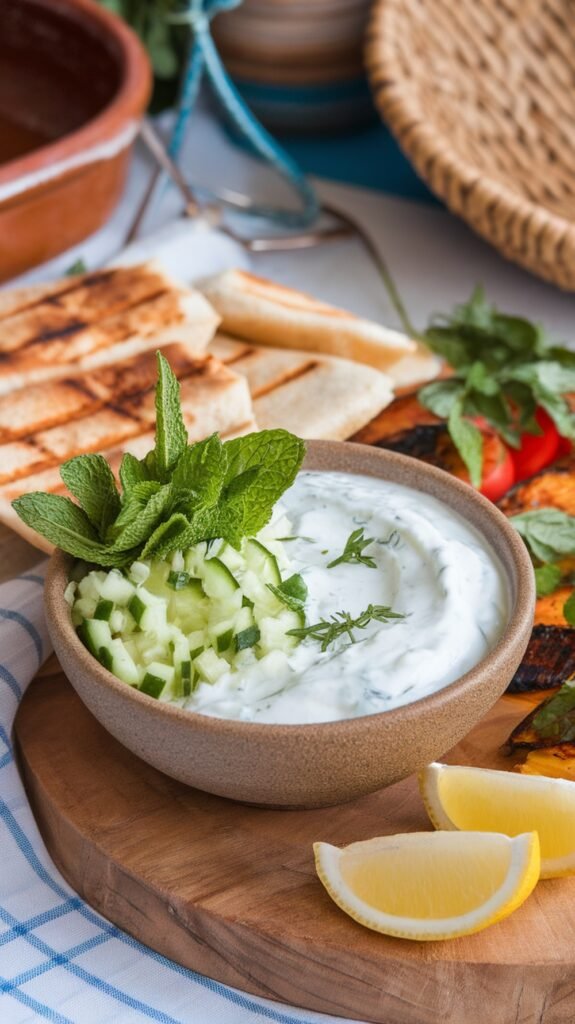
6. Tomato-Based Sauces
Tomatoes create vibrant, acidic sauces like marinara, salsa, or smoky romesco. Use canned, fresh, or roasted tomatoes depending on the depth you want.
🍅 Tip: Add a pinch of sugar or a splash of vinegar to balance acidity.
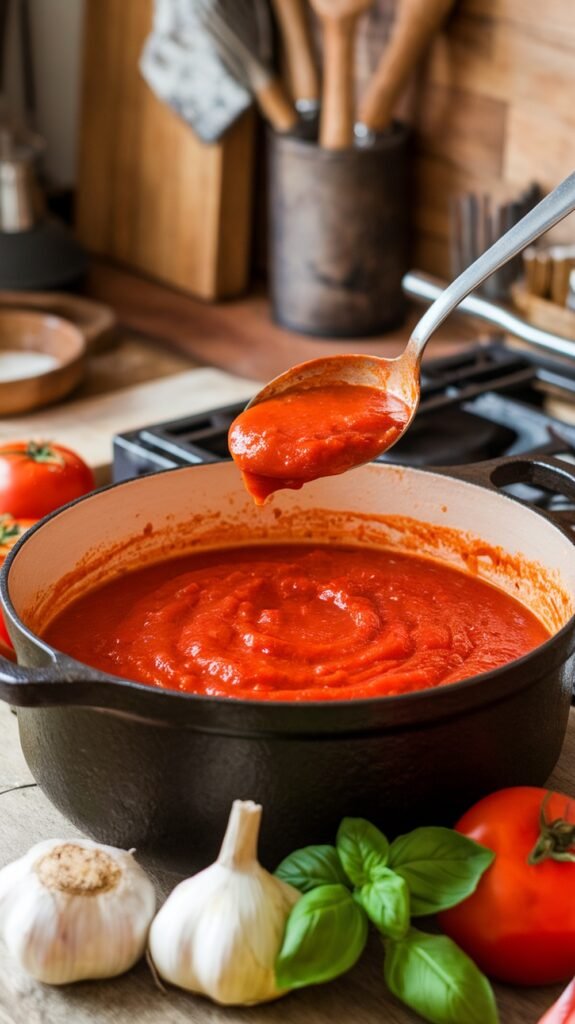
7. Broth + Slurry (Cornstarch or Arrowroot)
This is a quick way to thicken stir-fry sauces or gravies without butter or cream. Just whisk cornstarch into cold water or broth, then cook until thickened.
🥄 Tip: Slurries thicken fast—don’t walk away!

8. Nut or Seed-Based Sauces
Tahini, peanut, almond, or cashew sauces add body, creaminess, and deep flavor—especially in global cuisines. They’re also dairy-free!
🥜 Tip: Add acid (like lime juice or vinegar) to brighten rich nutty sauces.

Final Drizzle
Mastering these bases gives you the tools to customize, experiment, and elevate any dish—without relying on a recipe. Start with one, taste as you go, and trust your inner chef.
Because at the end of the day, flavor starts at the base.






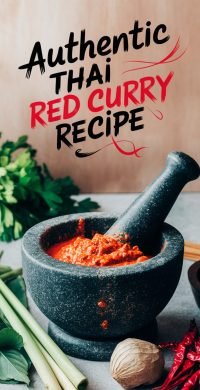
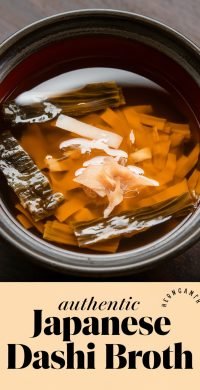




Add comment